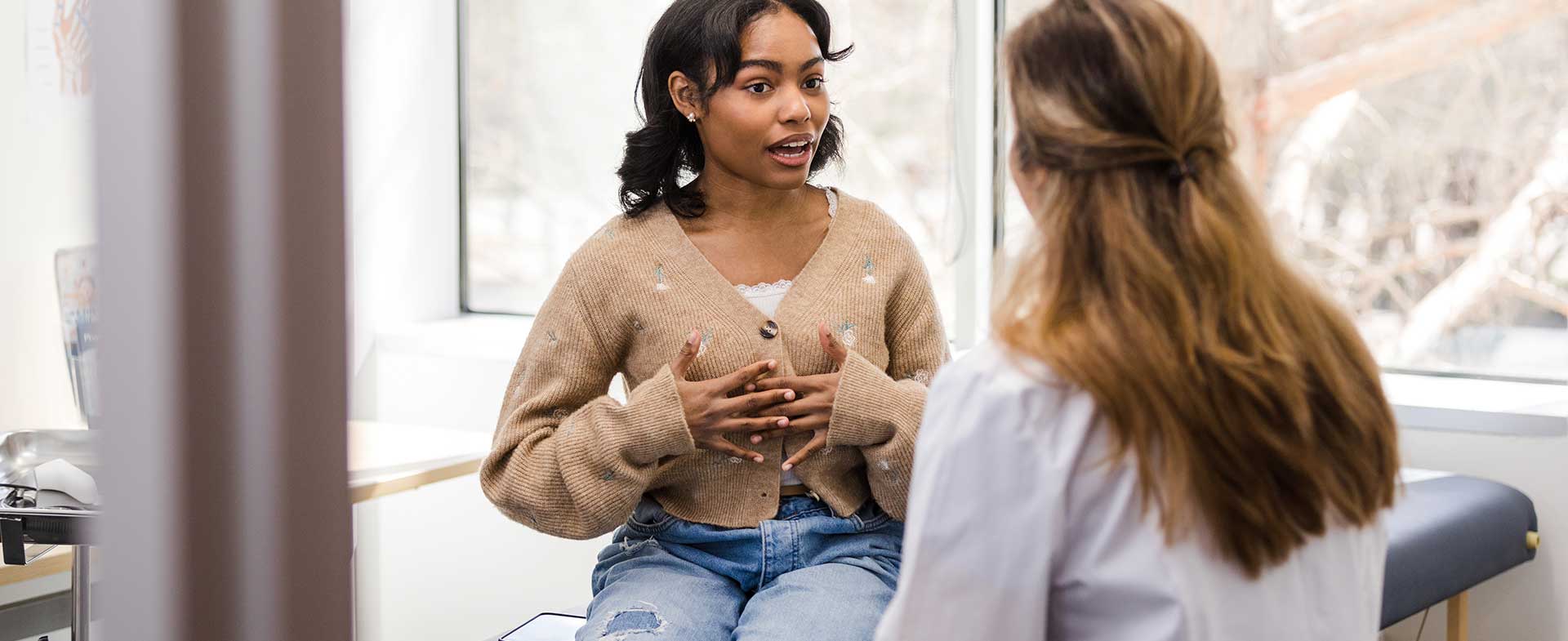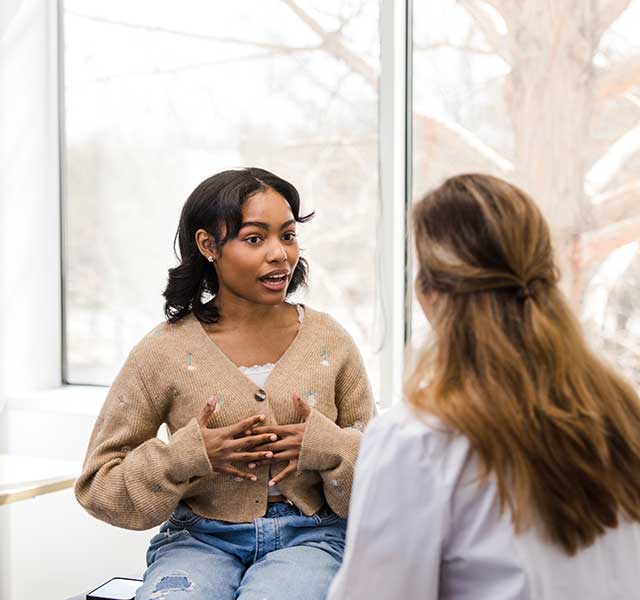While most breast cancers in the United States occur in women ages 40+, about 5% occur in women younger than age 40. Young women who develop breast cancer are more likely to have aggressive cancers and they tend to be found at more advanced stages.
One study showed that the incidence of metastatic breast cancer (cancer that has spread outside of the breast) is increasing among young women but not in older women. And it’s not just breast cancer: rates of colorectal cancer in young people are also rising. Those born around 1990 are twice as likely to get colon cancer and four times as likely to get rectal cancer than those born in 1950, according to the American Cancer Society.
It's unknown as to why this is happening. Researchers can hint at a variety of factors: obesity has increased, people are more likely to live sedentary lifestyles and eat processed foods, and microplastics are more prevalent.
Genetics—along with breast cancer screening guidelines—may also play a role.
“Women who are at an average risk of breast cancer are advised to start getting annual mammograms at age 40, which allows breast cancer to be caught at an early stage before the onset of symptoms,” says Lindsay Petersen, M.D., a breast cancer surgeon at Henry Ford Health. “If a younger woman comes to us, it’s often because she already has symptoms, so the cancer is more likely to be at an advanced stage.”
Knowing Your Breast Cancer Risk
While it is still considered rare to develop breast cancer at a young age, if you are at high risk for breast cancer, you can start getting mammograms younger than age 40. That’s why it’s important to know your breast cancer risk.

Talk to your family: If you have a first-degree (or sometimes second-degree) relative with breast cancer, you are considered at high risk for breast cancer. First-degree relatives include parents and siblings, second-degree relatives include aunts, uncles, grandparents and half-siblings. But it’s not just a history of breast cancer you need to know about: for example, there seems to be a link between breast and prostate cancer. If you have a first-degree relative with prostate cancer, your breast cancer risk increases.
“Tell your doctor about your family history,” says Dr. Petersen. “You can also assess your risk using this online calculator, which takes into account other factors like the age your menstrual cycle began and density of your breast tissue, along with ancestry and lifestyle factors. The average person has a 10 to 12% risk of getting breast cancer in their lifetime. Women who are at high risk have at least a 20 to 22% chance of developing breast cancer.”
You should also do a breast self-exam each month to watch out for any changes. Breastcancer.org has a guide on how to give yourself a breast exam.
“Don’t ignore a mass in your breast,” says Dr. Petersen. “There are many reasons you might have a mass—and it’s much more likely to be benign in young women—but ask your doctor. A hard mass that doesn’t change during the month (which can sometimes happen due to fluctuations in hormones), changes in the skin on your breast, redness, an asymmetry between breasts, or discharge from the nipple could be symptoms of breast cancer.”
Reviewed by Lindsay Petersen, M.D., a breast cancer surgeon at Henry Ford Health. She sees patients at Henry Ford Cancer—Detroit, Henry Ford Hospital, Henry Ford Macomb Hospital, Henry Ford Medical Center—Lakeside, Henry Ford Medical Center—Fairlane, Henry Ford West Bloomfield Hospital and Henry Ford Wyandotte Hospital.



